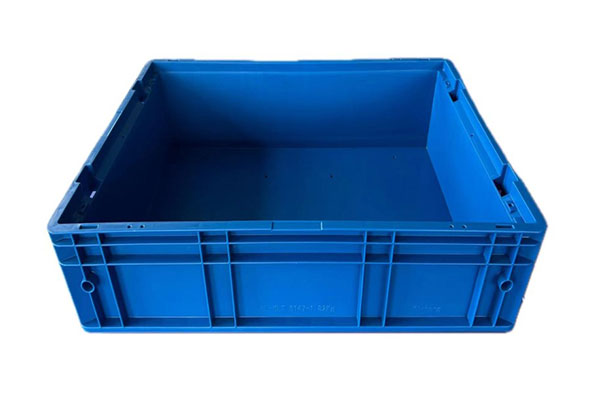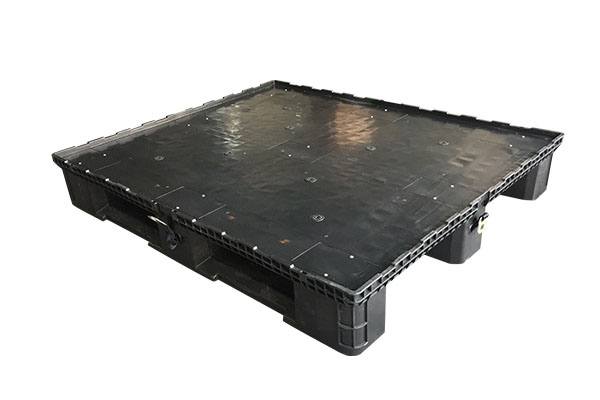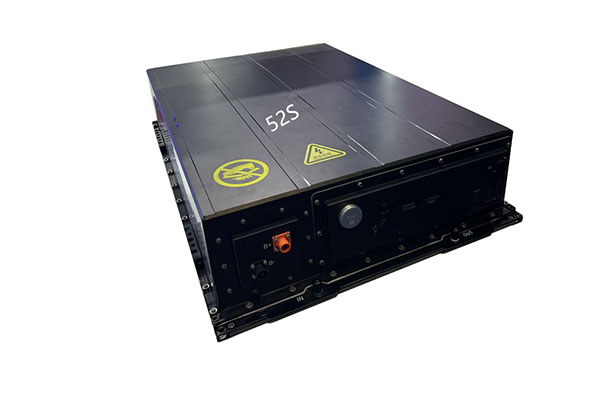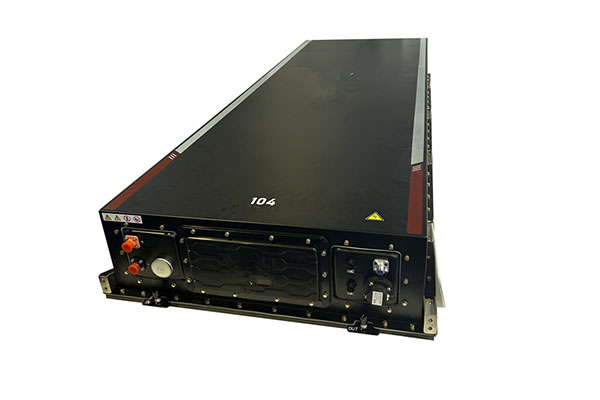How does plastic shell cope with the design requirements of complex structures?
Release Time : 2025-02-13
When dealing with the design requirements of complex structures, plastic shell needs to consider multiple aspects comprehensively to ensure the function, appearance, quality and production efficiency of the product.
1. Material selection
Physical and mechanical properties considerations: According to the use environment and functional requirements of the product, select plastic materials with appropriate strength, rigidity, toughness, elasticity, water absorption and stress sensitivity. For parts that need to withstand large external forces or wear, wear-resistant and high-strength materials should be selected.
Molding process considerations: Select materials with good fluidity, moderate crystallization rate, and low sensitivity to molding temperature and pressure to ensure the smooth progress of injection molding. Consider the shrinkage rate of the material to offset the impact of shrinkage during mold design and process parameter adjustment.
2. Mold design
Structural complexity response: When the product has complex structures such as lateral holes and undercuts, it is necessary to design a core pulling mechanism to assist demolding to ensure the balance between the complexity of the mold and production efficiency.
Optimize the shape of mold parts and their manufacturing process, reduce the demand for special processing technology, and reduce mold manufacturing costs.
Standardization of mold parts: Try to use standardized part structures, such as designing the corners of the mold cavity into appropriate rounded corners to simplify the processing process and reduce production costs.
Design of demoulding slope: To ensure that the product can be demoulded smoothly without affecting the use function, almost all plastic products have to have a demoulding slope, which is usually between 0.5 and 8°, and is generally about 3°.
The front mold slope of the product is usually 0.5° larger than the rear mold slope, so that the product can stay in the rear mold steadily when the mold is opened, which is convenient for subsequent ejection and demoulding.
3. Product design optimization
Shape design: Under the premise of meeting the use function, the shape design should be conducive to mold filling, exhaust, and shrinkage compensation, and avoid surface defects caused by trapped air, such as bubbles, burn marks, etc. Simplify unnecessary complex structures to reduce mold processing costs and injection molding difficulties.
Rib design: Ribs can be called the "invisible skeleton" of plastic products. Without increasing the overall glue thickness of the product, they can greatly improve the overall strength of the product. The thickness of the reinforcing rib is usually 0.5~0.7 times the overall glue thickness to avoid surface depression caused by shrinkage.
Glue thickness control: Too thick glue not only wastes raw materials and increases costs, but also easily causes shrinkage, bubbles and other defects during the molding process. If the glue is too thin, the flow resistance of the plastic melt in the mold cavity increases, and it is difficult to fill the glue, resulting in incomplete product molding.
Usually, large products are thicker to ensure strength, such as some large plastic storage boxes, the glue thickness may be close to 3mm; small products are thinner, and general products are more 1.0~2.0mm.
4. Process optimization
Injection molding process parameter adjustment: Reasonable injection molding process parameters can reduce scrap rate, shorten molding cycle, and reduce energy consumption. According to the characteristics of the material and the structure of the mold, adjust the injection molding temperature, pressure, speed and other parameters to ensure product quality and production efficiency.
Mold temperature control: Mold temperature has an important influence on the molding quality of the product. By controlling the mold temperature, the melt fluidity and cooling rate of the plastic can be adjusted to optimize the molding effect of the product.
Automated production: Introduce automated production equipment and technologies, such as automatic feeding, automatic detection, automatic assembly, etc., to improve production efficiency and product quality.
In summary, when dealing with complex structural design requirements, plastic shell needs to start from multiple aspects such as material selection, mold design, product design optimization and process optimization to ensure that the product's function, appearance, quality and production efficiency meet the requirements.
1. Material selection
Physical and mechanical properties considerations: According to the use environment and functional requirements of the product, select plastic materials with appropriate strength, rigidity, toughness, elasticity, water absorption and stress sensitivity. For parts that need to withstand large external forces or wear, wear-resistant and high-strength materials should be selected.
Molding process considerations: Select materials with good fluidity, moderate crystallization rate, and low sensitivity to molding temperature and pressure to ensure the smooth progress of injection molding. Consider the shrinkage rate of the material to offset the impact of shrinkage during mold design and process parameter adjustment.
2. Mold design
Structural complexity response: When the product has complex structures such as lateral holes and undercuts, it is necessary to design a core pulling mechanism to assist demolding to ensure the balance between the complexity of the mold and production efficiency.
Optimize the shape of mold parts and their manufacturing process, reduce the demand for special processing technology, and reduce mold manufacturing costs.
Standardization of mold parts: Try to use standardized part structures, such as designing the corners of the mold cavity into appropriate rounded corners to simplify the processing process and reduce production costs.
Design of demoulding slope: To ensure that the product can be demoulded smoothly without affecting the use function, almost all plastic products have to have a demoulding slope, which is usually between 0.5 and 8°, and is generally about 3°.
The front mold slope of the product is usually 0.5° larger than the rear mold slope, so that the product can stay in the rear mold steadily when the mold is opened, which is convenient for subsequent ejection and demoulding.
3. Product design optimization
Shape design: Under the premise of meeting the use function, the shape design should be conducive to mold filling, exhaust, and shrinkage compensation, and avoid surface defects caused by trapped air, such as bubbles, burn marks, etc. Simplify unnecessary complex structures to reduce mold processing costs and injection molding difficulties.
Rib design: Ribs can be called the "invisible skeleton" of plastic products. Without increasing the overall glue thickness of the product, they can greatly improve the overall strength of the product. The thickness of the reinforcing rib is usually 0.5~0.7 times the overall glue thickness to avoid surface depression caused by shrinkage.
Glue thickness control: Too thick glue not only wastes raw materials and increases costs, but also easily causes shrinkage, bubbles and other defects during the molding process. If the glue is too thin, the flow resistance of the plastic melt in the mold cavity increases, and it is difficult to fill the glue, resulting in incomplete product molding.
Usually, large products are thicker to ensure strength, such as some large plastic storage boxes, the glue thickness may be close to 3mm; small products are thinner, and general products are more 1.0~2.0mm.
4. Process optimization
Injection molding process parameter adjustment: Reasonable injection molding process parameters can reduce scrap rate, shorten molding cycle, and reduce energy consumption. According to the characteristics of the material and the structure of the mold, adjust the injection molding temperature, pressure, speed and other parameters to ensure product quality and production efficiency.
Mold temperature control: Mold temperature has an important influence on the molding quality of the product. By controlling the mold temperature, the melt fluidity and cooling rate of the plastic can be adjusted to optimize the molding effect of the product.
Automated production: Introduce automated production equipment and technologies, such as automatic feeding, automatic detection, automatic assembly, etc., to improve production efficiency and product quality.
In summary, when dealing with complex structural design requirements, plastic shell needs to start from multiple aspects such as material selection, mold design, product design optimization and process optimization to ensure that the product's function, appearance, quality and production efficiency meet the requirements.







